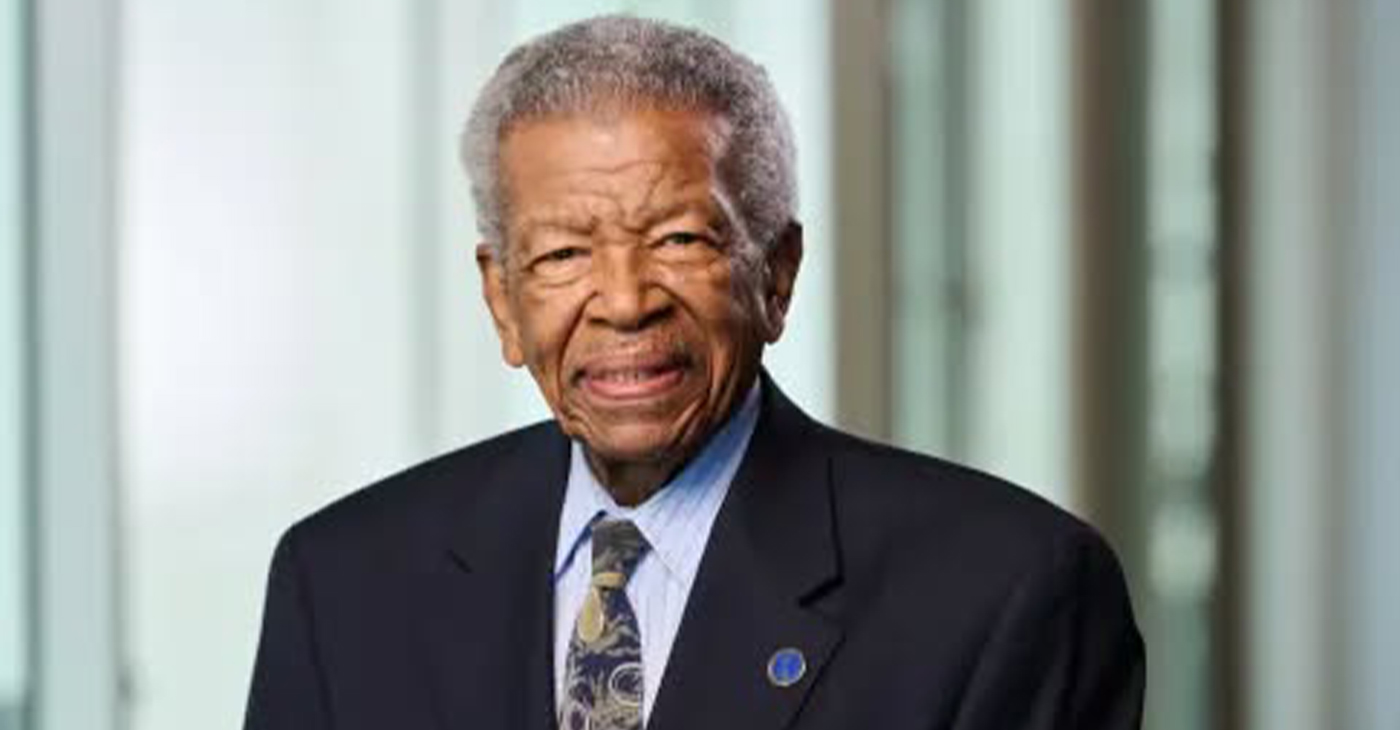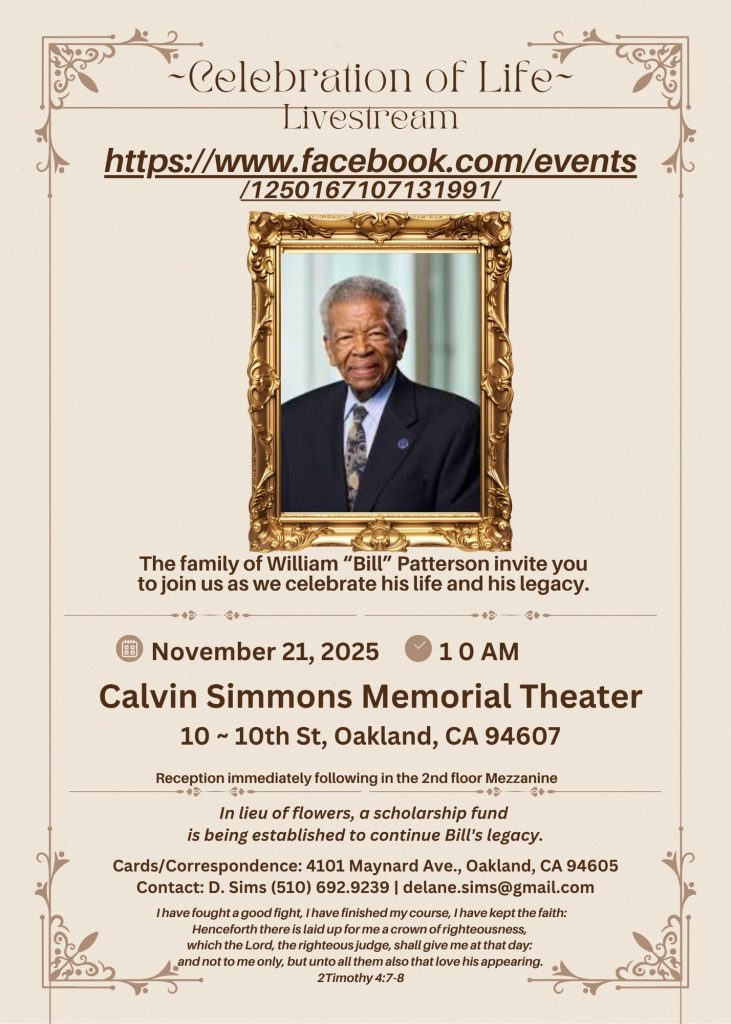Black History
COMMENTARY: TD means ‘Tone Deaf’ – intentionally and willfully – in the NFL
NNPA NEWSWIRE — How is it that the NFL was intentionally tone deaf to the dissonance of rightfully honoring revolutionaries of the past while wrongfully castigating a current revolutionary named Kaepernick and others of like mind who didn’t break any laws or create any disruption?
By Howard Robertson, Special to The New Tri-State Defender
I watched the 2019 Stupor Bowl. I have been watching Super Bowls since I was fourteen years old back in 1967. That was the very first one, by the way.
I don’t blame the Patriots or the Rams for their offensively anemic performances. Although I’m not a fan, I certainly don’t blame New England for doing their job and becoming Champions, yet again. I don’t even blame Gladys, Big Boi or young Travis for performing and doing their jobs.
People, businesses and organizations are often tone deaf. My mother was a church organist and Lord knows, I’ve been around too many choir members that could not hear the right notes no matter how many times she played it. That’s ignorantly tone deaf. Conversely, there are notes that musicians dare not play together because they clash and create dissonance. But sometimes the dissonance is what the musician wants. That’s being intentionally tone deaf. That’s what the NFL has become.
So, it’s Super Bowl Sunday in the ATL, one of the blackest cities in America, during Black History Month. Well of course, they’re going to recognize Dr. King and civil rights icons like Congressman John Lewis, Ambassador Andy Young and others. These were the soldiers who protested, marched, sat-in, broke laws, were bitten by dogs, beaten with nightsticks and buffeted by fire hoses. But thousands of other deserving souls weren’t honored that day because they were the nameless, faceless folk who were hung, burned alive, shot, castrated or died broke and broken.
How is it that the NFL was intentionally tone deaf to the dissonance of rightfully honoring revolutionaries of the past while wrongfully castigating a current revolutionary named Kaepernick and others of like mind who didn’t break any laws or create any disruption?
And what representation of Atlanta was made during the Adam Levine, Maroon 5 Halftime Show. Sure they trotted Big Boi and Travis Scott out for quick cameos to give the appearance of keeping it real. But there was no doubt whose show it was…topless, tats, intentionally tone deaf and all.
But wait a minute. Maybe the NFL is crazy and tone deaf like a fox. We’re talking about a lot of money here. In 2017, the NFL grossed somewhere north of $13 billion (13,000 million dollars) with a workforce that’s about 70 percent African American. Last year, of the Top 50 television shows watched by the biggest audiences, 40-something of them were NFL or NCAA football games.
Life’s really good right now for NFL Czar Roger Goodell and all the rich, old white dudes (and dudettes), average age of 70.1 that own pro football teams. Life’s going to stay good too…in the near term at least.
For a symphony of reasons, the NFL’s future looks bleak. Studies show that fewer and fewer families are allowing their sons to play tackle football due to the potential for concussion and brain injury. That means fewer next generation players and fans are being created. While fewer middle and upper income kids are playing football, more lower income kids of color are playing football because it may be their ticket out of the projects, to college and beyond. Football is predicted to become a “Gladiator” sport…like boxing.
But that won’t happen for 10, 12 or maybe 15 years. Meantime, they protect the brand. NFL powers just have to hold on, keep raking in that money and stick some of it in their ears while singing, “la, la la la la I can’t hear you.” They’ll remain intentionally tone deaf and they’ll keep playing to their base audience (not really us).
They’ve done the math and they know, they’ll die before the National Football League does.
Howard Robertson is the co-host, along with Larry Robinson, of “R&R on Sports,” which is available on the Sirius XMnetwork, iHeart Radio, Apple Podcast, Spotify, Stitcher, Tune-in Radio and other podcast providers.
Activism
Oakland Post: Week of November 26 – December 2, 2025
The printed Weekly Edition of the Oakland Post: Week of November 26 – December 2, 2025

To enlarge your view of this issue, use the slider, magnifying glass icon or full page icon in the lower right corner of the browser window.
Activism
Oakland Post: Week of November 19 – 25, 2025
The printed Weekly Edition of the Oakland Post: Week of November 19 – 25, 2025

To enlarge your view of this issue, use the slider, magnifying glass icon or full page icon in the lower right corner of the browser window.
Activism
IN MEMORIAM: William ‘Bill’ Patterson, 94
Bill devoted his life to public service and education. In 1971, he became the founding director for the Peralta Community College Foundation, he also became an administrator for Oakland Parks and Recreation overseeing 23 recreation centers, the Oakland Zoo, Children’s Fairyland, Lake Merritt, and the Henry J. Kaiser Convention Center.

William “Bill” Patterson, 94, of Little Rock, Arkansas, passed away peacefully on October 21, 2025, at his home in Oakland, CA. He was born on May 19, 1931, to Marie Childress Patterson and William Benjamin Patterson in Little Rock, Arkansas. He graduated from Dunbar High School and traveled to Oakland, California, in 1948. William Patterson graduated from San Francisco State University, earning both graduate and undergraduate degrees. He married Euradell “Dell” Patterson in 1961. Bill lovingly took care of his wife, Dell, until she died in 2020.
Bill devoted his life to public service and education. In 1971, he became the founding director for the Peralta Community College Foundation, he also became an administrator for Oakland Parks and Recreation overseeing 23 recreation centers, the Oakland Zoo, Children’s Fairyland, Lake Merritt, and the Henry J. Kaiser Convention Center.
He served on the boards of Oakland’s Urban Strategies Council, the Oakland Public Ethics Commission, and the Oakland Workforce Development Board.
He was a three-term president of the Oakland branch of the NAACP.
Bill was initiated in the Gamma Alpha chapter of Kappa Alpha Psi Fraternity.
In 1997 Bill was appointed to the East Bay Utility District Board of Directors. William Patterson was the first African American Board President and served the board for 27 years.
Bill’s impact reached far beyond his various important and impactful positions.
Bill mentored politicians, athletes and young people. Among those he mentored and advised are legends Joe Morgan, Bill Russell, Frank Robinson, Curt Flood, and Lionel Wilson to name a few.
He is survived by his son, William David Patterson, and one sister, Sarah Ann Strickland, and a host of other family members and friends.
A celebration of life service will take place at Henry J. Kaiser Convention Center (Calvin Simmons Theater) on November 21, 2025, at 10 AM.
His services are being livestreamed at: https://www.facebook.com/events/1250167107131991/
In lieu of flowers, donations can be made to the Euradell and William Patterson scholarship fund TBA.

-

 Activism4 weeks ago
Activism4 weeks agoOakland Post: Week of November 5 – 11, 2025
-

 Activism3 weeks ago
Activism3 weeks agoOakland Post: Week of November 12 – 18, 2025
-

 Activism2 weeks ago
Activism2 weeks agoIN MEMORIAM: William ‘Bill’ Patterson, 94
-

 Activism3 weeks ago
Activism3 weeks agoHow Charles R. Drew University Navigated More Than $20 Million in Fed Cuts – Still Prioritizing Students and Community Health
-

 #NNPA BlackPress3 weeks ago
#NNPA BlackPress3 weeks agoThe Perfumed Hand of Hypocrisy: Trump Hosted Former Terror Suspect While America Condemns a Muslim Mayor
-

 Bay Area3 weeks ago
Bay Area3 weeks agoNo Justice in the Justice System
-

 #NNPA BlackPress3 weeks ago
#NNPA BlackPress3 weeks agoProtecting Pedophiles: The GOP’s Warped Crusade Against Its Own Lies
-

 #NNPA BlackPress4 weeks ago
#NNPA BlackPress4 weeks ago2026 Subaru Forester Wilderness Review: Everyday SUV With Extra Confidence


























































